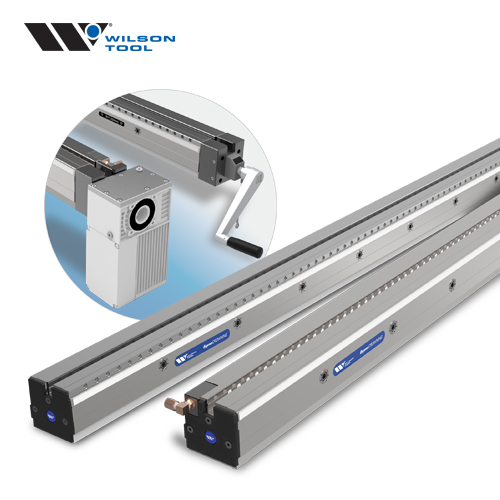Q & A Blog with Wilson Tool

- Fully compatible with Amada AITS® tool management system
- Each tool includes required laser-marked data matrix code
- Tooling characteristic documents ship with each tooling order
- HPX and HP2 tooling include a mechanically fastened guide retention feature, which ensures proper tool assembly during loading with easy pushbutton guide removal.
- Worldwide availability from Wilson Tool’s U.S. headquarters
- With the right tools and tool management systems, shops have better visibility of tooling inventory to minimize outages and help staging future jobs.
- The iSeriesTM product line is only available through Wilson Tool International‘s White Bear Lake, Minnesota, USA office. Visit https://www.wilsontool.com/landing-pages/iseries-tooling to learn more about the iSeries™ product line.















